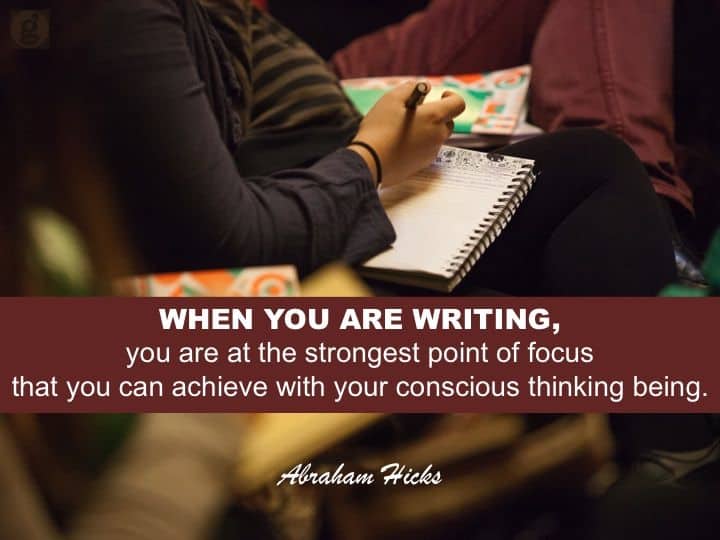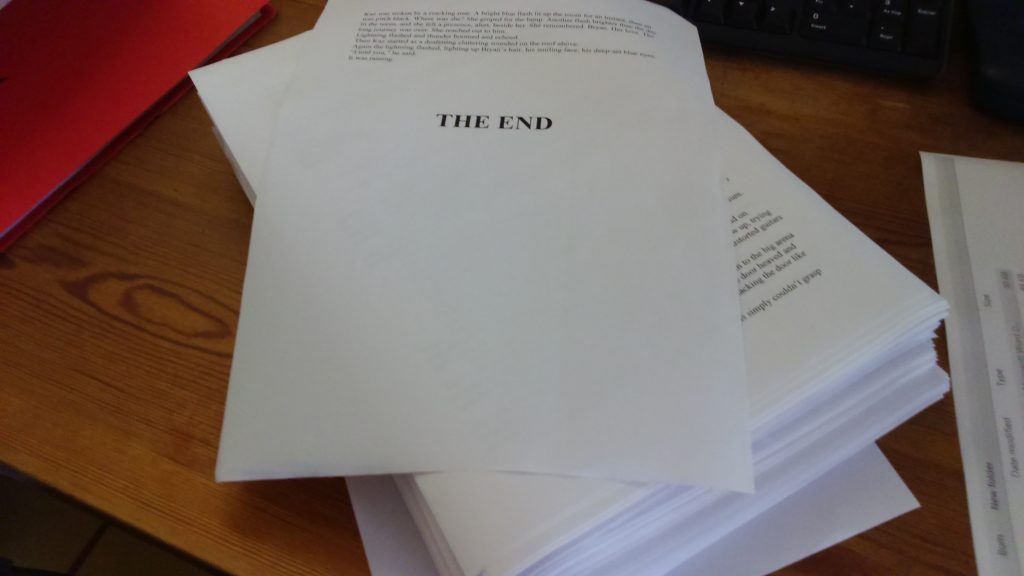I needed a flipchart (back in the dark days before I had a smartphone). And I could not for the life of me remember how to say it in Spanish or Catalan. Actually, I don’t think I ever knew. The dictionary turned up ‘rotafolio’ which I’d never heard before, and nor had the people in the local office supplies shop. So it was periphrasis and arm waving: you know what I mean, that thingie they use at presentations and lectures. No, not a whiteboard; a very very big notepad on an easel (which I might add weighs a ton and is extremely dangerous – I tripped over it a hundred times at our last workshop) and you turn the pages, like this.
Vaya, un flipchart.
Now I suppose we could just do an image search on the mobile, which would be effective but really boring, because the word itself is so interesting.
Unlike the visual reference of the bar chart (gráfico de barras) or pie chart (gráfico circular – also known endearingly as un quesito, i.e. a circular pack of processed cheese wedges as in The Laughing Cow), the word flipchart tells us what you do with it – how it works.
It’s so fascinating how English makes these compounds: just stick the two words together and we instinctively deduce the semantic relationship between them (a YX is an X that you Y). Push button. Touchpad. Pushchair. Flip switch. Touchpad. Slamgate. Scratch card. Flash card. Slide rule. Dipstick. Drawstring.
I ♥ English.


